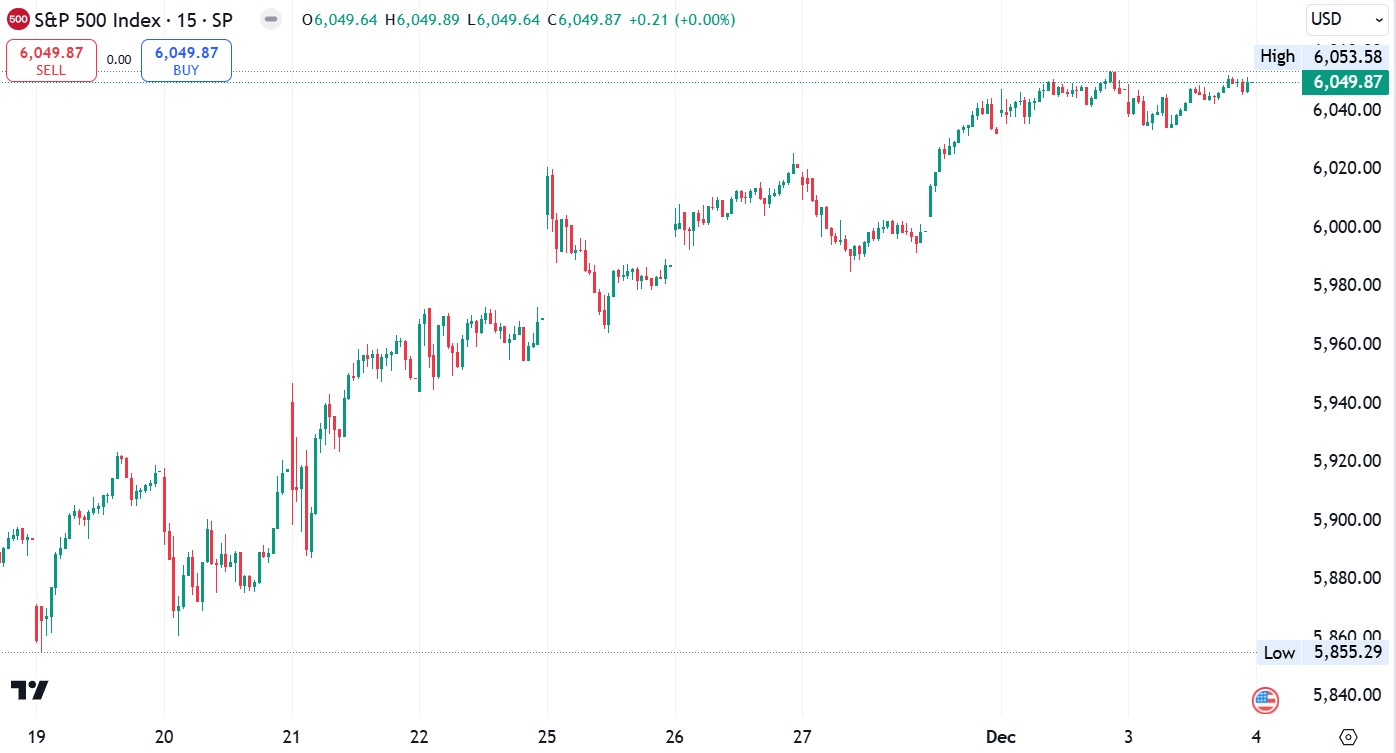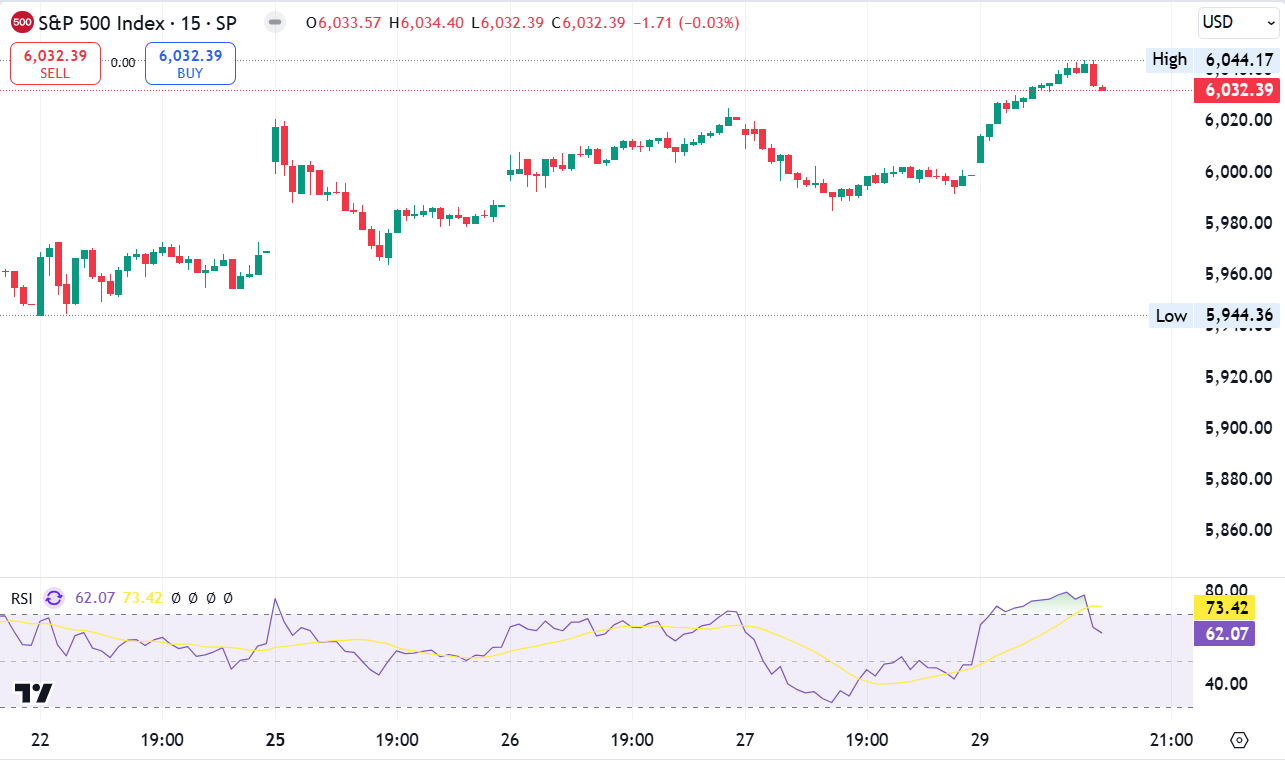
European Market Trends Amid Davos
European Market Trends Amid Davos
As the World Economic Forum (WEF) kicks off in Davos, Switzerland, European markets find themselves at a crossroads. Investors are bracing for impact as the Stoxx 600 index experiences a marginal slip, setting the stage for pivotal discussions among global leaders about the economic landscape. The stock market outlook, influenced by various factors, including the recent 0.3% contraction in the German economy in 2023, takes centre stage. Let’s delve into the key highlights and anticipate what lies ahead in the coming months.
Assessing the Economic Landscape: Germany’s Downturn and Global Concerns
The decline in the German economy, as reported by the Federal Statistical Office, paints a challenging picture. Ruth Brand, the President of the Office, attributes this downturn to high inflation, rising interest rates, and weakened demand both domestically and internationally. Despite these challenges, the GDP is still 0.7% higher than the pre-pandemic levels of 2019. As the WEF theme, “Rebuilding Trust,” resonates through Davos, global leaders grapple with the impact of multiple crises, including trade uncertainties, inflation, and geopolitical tensions.
Spotlight on Davos: Global Leaders, Crises, and Economic Agendas
Against the backdrop of Davos, the theme “Rebuilding Trust” encapsulates the urgency of addressing issues that have far-reaching consequences on the global stage. In the upcoming week, influential figures like China’s Li Qiang and France’s Emmanuel Macron will share insights on crucial matters such as global trade, inflation, supply chains, technological shifts, and geopolitical unrest in regions like the Middle East and Ukraine. These discussions are poised to set the tone for the stock market forecast over the next six months.
Shifting Dynamics in the Utility Sector: Goldman Sachs’ Projections
While the European utility sector has faced pressures in recent years, Goldman Sachs forecasts a positive shift in 2024. The investment bank identifies an improved outlook on inflation and interest rates, signalling a preference for capital-intensive and long-duration assets. Specifically, Goldman Sachs points to opportunities in renewable energy and power grids. These insights align with their expectation that certain stocks in these sectors could see a remarkable rise of up to 30%.
In the realm of corporate finance, Atos (EPA: ATOS) experienced a significant 14% drop in its stock value. This decrease followed the French technology company’s announcement on Monday, revealing that its free cash flow for the second half of the year would fall slightly below the initially set target. Simultaneously, Atos introduced Paul Saleh as its new Chief Executive, marking a pivotal leadership change.
The last quarter proved challenging for major U.S. banks, as they reported diminished profits amidst a turbulent environment marked by special charges and workforce reductions. The landscape was clouded by indications that the income surge attributed to high-interest rates might be tapering off. Additionally, concerning signals emerged as certain consumer loans showed signs of turning sour, adding an extra layer of complexity to the financial scenario. Investors are poised for insights into how these banking giants navigate these challenges in their upcoming reports.
Shifting our attention to the U.S. banking sector, the spotlight remains firmly fixed this week. Financial reports from major players like Goldman Sachs (NYSE: GS) on Tuesday and Charles Schwab (NYSE: SCHW) on Wednesday are eagerly awaited, following a mixed bag of earnings outcomes from prominent lenders last Friday.
Semiconductor Stocks: A Resilient Performer in 2023
In the ever-evolving tech landscape, semiconductor stocks emerged as resilient performers in 2023. The PHLX Semiconductor index (SOX) surged an impressive 65%, outpacing the broader S&P 500. Notable institutions like BofA and UBS maintain a bullish stance on the semiconductor sector, indicating confidence despite its robust performance last year. The question lingers: Can semiconductor stocks continue their upward trajectory, or are signs of a potential correction on the horizon?
Positive Momentum: European Markets Set to Open on a High
As the week unfolds, European markets project positivity. The FTSE 100 in the U.K. is anticipated to open higher, along with Germany’s DAX, France’s CAC, and Italy’s FTSE MIB, according to data from IG. Amidst the unveiling of Germany’s GDP data for 2023, Italian inflation data for December, and the euro zone’s trade balance for November, investors keenly await cues
that will shape the immediate future.
The Davos summit sets the stage for a dynamic year, with the stock market outlook serving as the focal point. As economic challenges persist, the resilience of certain sectors, such as semiconductors and utilities, offers a ray of hope for investors. Navigating the ever-changing landscape requires a keen eye on global discussions at Davos and a strategic approach to capitalise on emerging opportunities. The next six months hold the promise of both challenges and rewards, making it imperative for investors to stay informed and agile in the face of evolving market dynamics.
The post European Market Trends Amid Davos appeared first on FinanceBrokerage.



